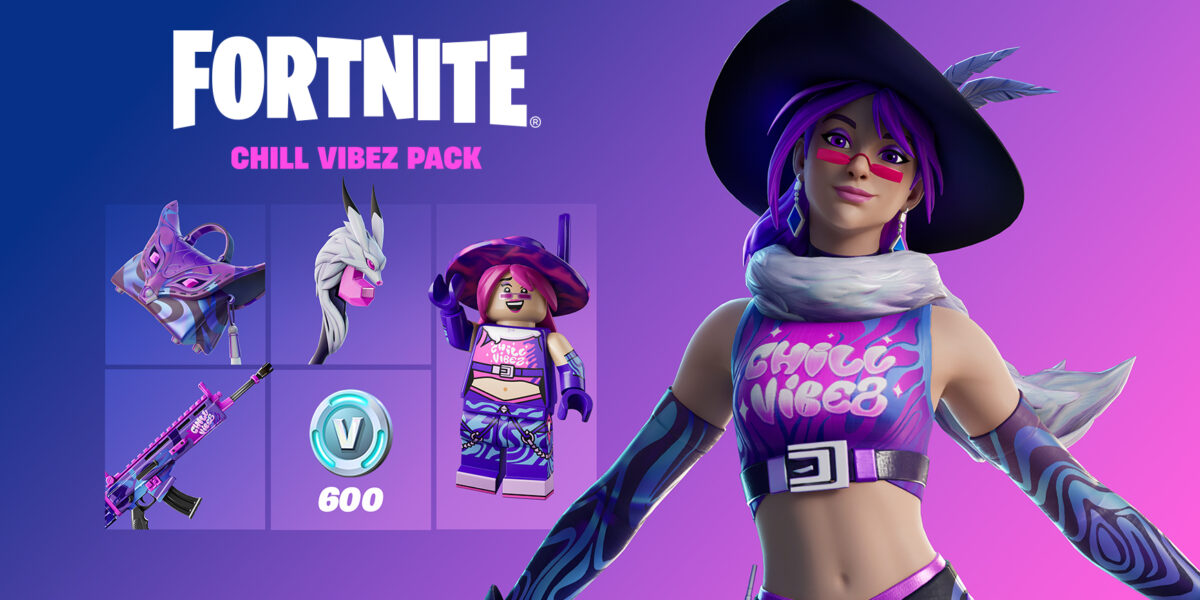In recent years the gaming landscape has experienced a notable increase in the participation of female gamers. This shift has spurred game developers to adjust and innovate to address the preferences and requirements of this expanding audience segment. Frank, our consultant from TVE SF office, discusses how game developers are acknowledging the rising influence of female gamers and what the future might bring in this space. Lastly, He delved into the pressing issue of combatting stereotypes against female gamers.
Q: We’ve seen that female gamers are on the rise, especially in mobile gaming. What are some current features developed by gaming designers to accommodate this rising demographic?
A: Upon observing recently developed games, a significant shift has been observed in recent years, with games like “The Last of Us Part II,” recent “Assassin’s Creed” releases and “Apex Legends” leading the way in promoting diversity. This change goes beyond character representation, incorporating narratives that explore a variety of cultures and lifestyles, thereby recognizing the cultural role that gaming is playing to address societal issues. This shift is not limited to in-game design; recent marketing strategies also reflect a trend towards emphasizing social aspects over gameplay, and promoting themes of empowerment, diversity, and inclusion.
Q: Besides in-game features and marketing, are there any trends that stand out related to the rise of female gamers?
A: Absolutely. We saw a noticeable shift in the popularity of certain game genres among female gamers. Puzzle games like Candy Crush, and Battle Royale games like PUBG and Fortnite, have seen a surge in popularity, with their accessible gameplay mechanics and casual socializing appeal attracting female gamers. In Asia, a genre known as Otome games, designed specifically for female players and featuring romantic narratives and character-driven immersive storylines has also experienced a huge rise in popularity.
Q: Based on the data available to us, how would you characterize the behavioral differences among female gamers?
A: Well, this is a complex question – I believe that the true distinctions between male and female gamers are still being explored. From my discussions with various game designers, they believe female gamers are generally less drawn to competitive gameplay. Instead, they are more inclined towards socializing, casual gaming, and immersive storytelling experiences. The popularity of games like PUBG, Honor of Kings, and Fortnite underscores the importance of social interaction in gaming for a female gaming experience.
From our discussions with female gamers, they believe there are many stereotypes about them that are misperceived. For the most part, female gamers are no different to male gamers and many of them don’t want to be viewed separately. Just like girls, boys play games for socializing purposes as well. Girls also enjoy competitive RPG games that require extensive practice, just like boys. Furthermore, research from Niko Partners reveals that the portrayal of women characters in games is a matter of dissatisfaction for a significant portion of gamers in Asia.
However, what we do hear is that female gamers do feel like they are treated differently, by studios and other gamers alike, we’ve heard many female gamers who play online confessing that they pretend to be a male or don’t join the audio through a fear of being bullied. Beyond gameplay, seeing improved community health measures would be a huge benefit for female inclusivity too.
Overall, it’s clear that something needs to change, and in the future, perhaps what matters most is to cater to the evolving gaming needs of a new generation of gamers entering the market, rather than segmenting by gender


